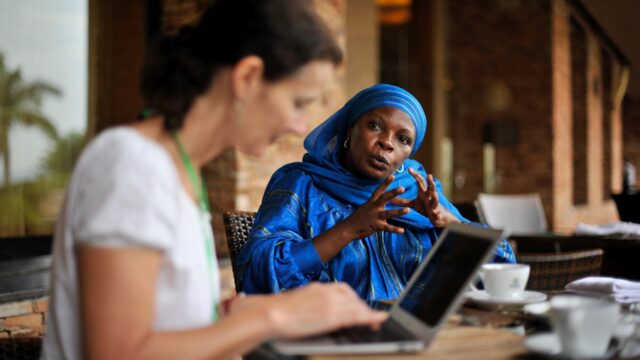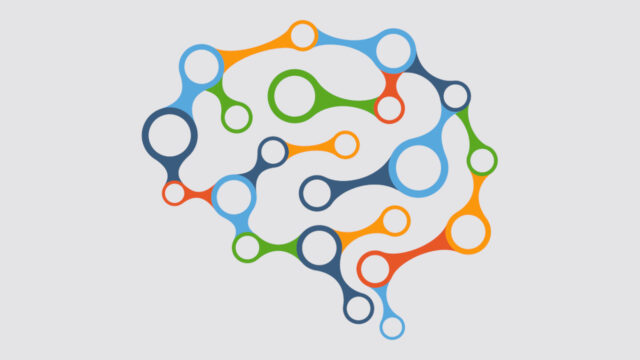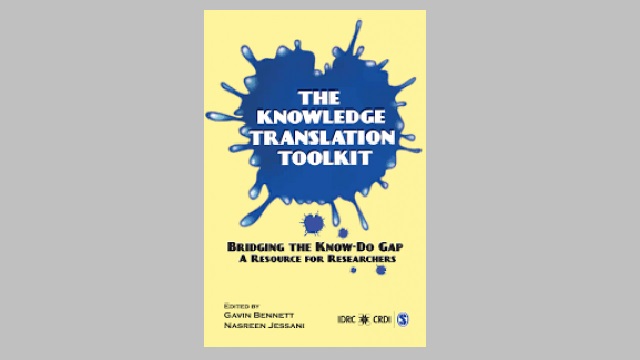
Fourteen knowledge translation competencies and how to improve yours
By Genevieve Creighton and Gayle Scarrow. Originally published on the Integration and Implementation Insights blog.
Knowledge translation encompasses all of the activities that aim to close the gap between research and implementation.
What knowledge, skills and attitudes (ie., competencies) are required to do knowledge translation? What do researchers need to know? How about those who are using evidence in their practice?
As the knowledge translation team at the Michael Smith Foundation for Health Research, we conducted a scoping review1 of the skills, knowledge and attitudes required for effective knowledge translation. We also gathered tools and resources to support knowledge translation learning.
What should you know to effectively engage in knowledge translation? Here are the top 14 competencies identified:
- Understand the context: Develop an understanding of what goes on in organizational settings and/or local health care systems, day-to-day practices and “how things really work”.
- Understand the research process: Know the process of how to conduct research including how to develop a research question, use search strategies and how to identify appropriate databases to gather evidence on a specific topic.
- Know how knowledge is disseminated: Understand the range of meaningful ways to share knowledge/evidence to ensure that it is available and accessible to different audiences.
- Be aware of evidence resources: Know a variety of ways to find evidence including library databases and information contained in listservs, blogs, social media and newsletters. Understand the importance of oral tradition, practice and tacit knowledge as sources of evidence.
- Know theories, frameworks and models for doing knowledge translation and evidence-based practice: Understand the definitions of evidence-based practice and knowledge translation, and understand models and theories of knowledge translation.
- Understand knowledge translation and dissemination activities: Be able to interpret research findings for various audiences and uses. Understand the processes and uses of knowledge synthesis, knowledge translation planning templates, dissemination and implementation strategies and integrated knowledge translation.
- Know how to engage in collaboration and teamwork: Be able to develop effective, authentic and respectful working relationships with peers and others in order to collaborate, network, share information and engage in research.
- Engage leadership: Have an ability to scan the context, facilitate stakeholder involvement in evidence-based decision-making, influence skill development and act upon stakeholders’ views and needs.
- Know how to share knowledge: Be able to share information and data with diverse stakeholders. You should also have the skills to conduct research that is relevant to the intended users so that it is more likely to inform practice and policy.
- Be able to synthesize knowledge: Have the skills to use robust practices to combine research findings and grey literature, synthesize the evidence and appropriately use/apply the findings.
- Disseminate research findings: Know how to share research findings with various stakeholders. This competency includes the ability to summarize research findings, communicate and highlight key findings in a way that may influence decision-making.
- Make use of research findings: Know some strategies to apply research findings to clinical or policy decisions or to inform further research.
- Know how to foster innovation: Be able to use novel tools and strategies to improve practice or policy, address issues, assess and build service improvement approaches, and evaluate the impact of an innovation.
- Be a knowledge broker: Have the ability to act as a bridge between evidence and implementation; applying knowledge translation strategies to facilitate the flow of knowledge, improve practice and policy and increase research findings’ uptake.
Assess Yourself
It’s great to know what the knowledge translation competencies are, but how can you measure your own knowledge translation skills and knowledge? Knowledge Translation Pathways is an online tool designed to enable researchers, knowledge brokers and those who use research evidence in their practice to rate themselves on the range of knowledge translation competencies and get the tools and resources to support further learning.
So how does it work? First, you…
Pick a pathway
There are three knowledge translation pathways, one each for those who produce, apply, and broker knowledge, as shown in the screenshot below. Because many of us play multiple roles (eg., we may both collect and use research), you are encouraged to reflect on what you do most in your work, and choose that pathway.
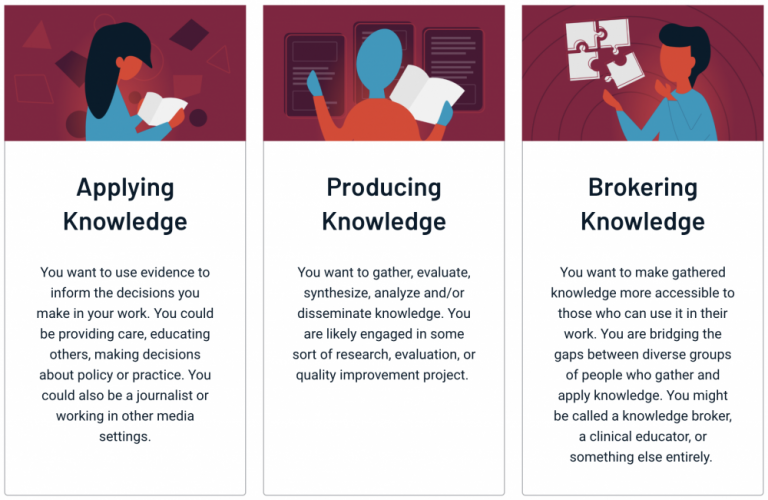
Next, you…
Choose a bucket
Knowledge translation competencies are grouped into ‘buckets’ such as: “Research Skills”, “Implementation Skills”, “Bringing People Together” and “Dissemination”. You can choose to do just the buckets that are most relevant to your work right now or you may choose to complete the entire tool to get a full assessment of your knowledge translation competence.
Finally, you…
Do the assessment, get your results and receive knowledge translation learning resources
When you complete the assessment, you’re provided with a knowledge translation learning profile that details your current areas of knowledge translation strength and areas for professional development. You’ll then be directed to knowledge translation resources that will build your competence (eg., articles, videos, blogs, websites, templates and/or online reports).
You can also explore the Knowledge Translation Pathways’ resources database on topics such as arts-based knowledge translation, behaviour change, bringing people together, critical appraisal of research evidence, co-production of knowledge, knowledge translation evaluation, knowledge translation planning frameworks, implementation science and more, as shown in the screenshot below.
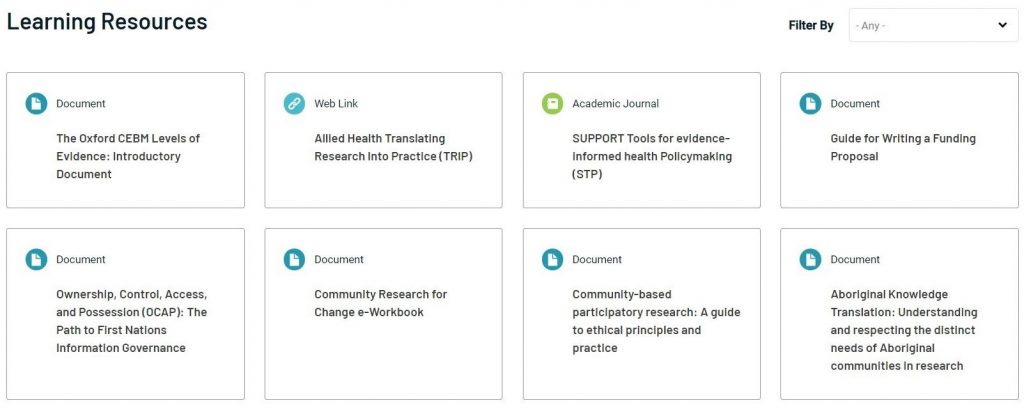
Feedback and additional resources
Do you have knowledge translation resources you’ve found helpful? Let us know!
Have you identified other knowledge translation competencies? What about in other disciplines that could inform how we practice knowledge translation?
Biographies
 |
Genevieve Creighton PhD is manager, knowledge translation at the Michael Smith Foundation for Health Research, a research funding agency in Vancouver, British Columbia, Canada. She is responsible for the implementation, monitoring and evaluation of the Foundation’s knowledge translation strategy. |
 |
Gayle Scarrow is director, knowledge translation at the Michael Smith Foundation for Health Research in Vancouver, British Columbia, Canada. She leads the development, implementation, and ongoing management of the Foundation’s knowledge translation plan for the purposes of fostering and accelerating the impact of health research in British Columbia and beyond. |
Article source: Fourteen knowledge translation competencies and how to improve yours, republished by permission.
Reference:
- Mallidou, A. A., Atherton, P., Chan, L., Frisch, N., Glegg, S. and Scarrow, G. (2018). Core knowledge translation competencies: A scoping review. BMC Health Services Research, 18, 1: 502. (Online) (DOI): https://doi.org/10.1186/s12913-018-3314-4 ↩

![Collaborating on Research by National Eye Institute [Flickr image]](https://realkm.com/wp-content/uploads/2018/07/9955278615_c5356cdffd_z.jpg)
